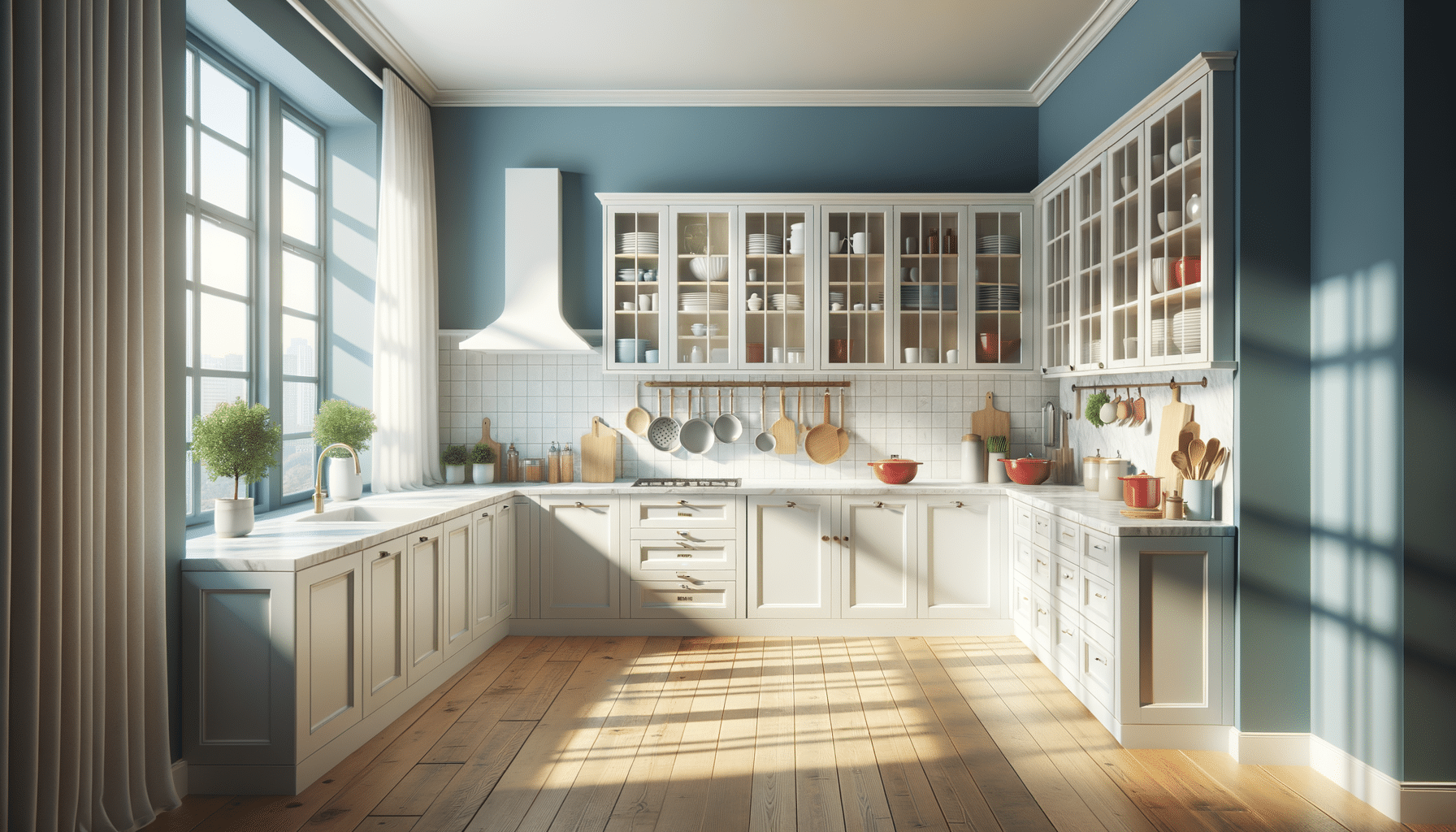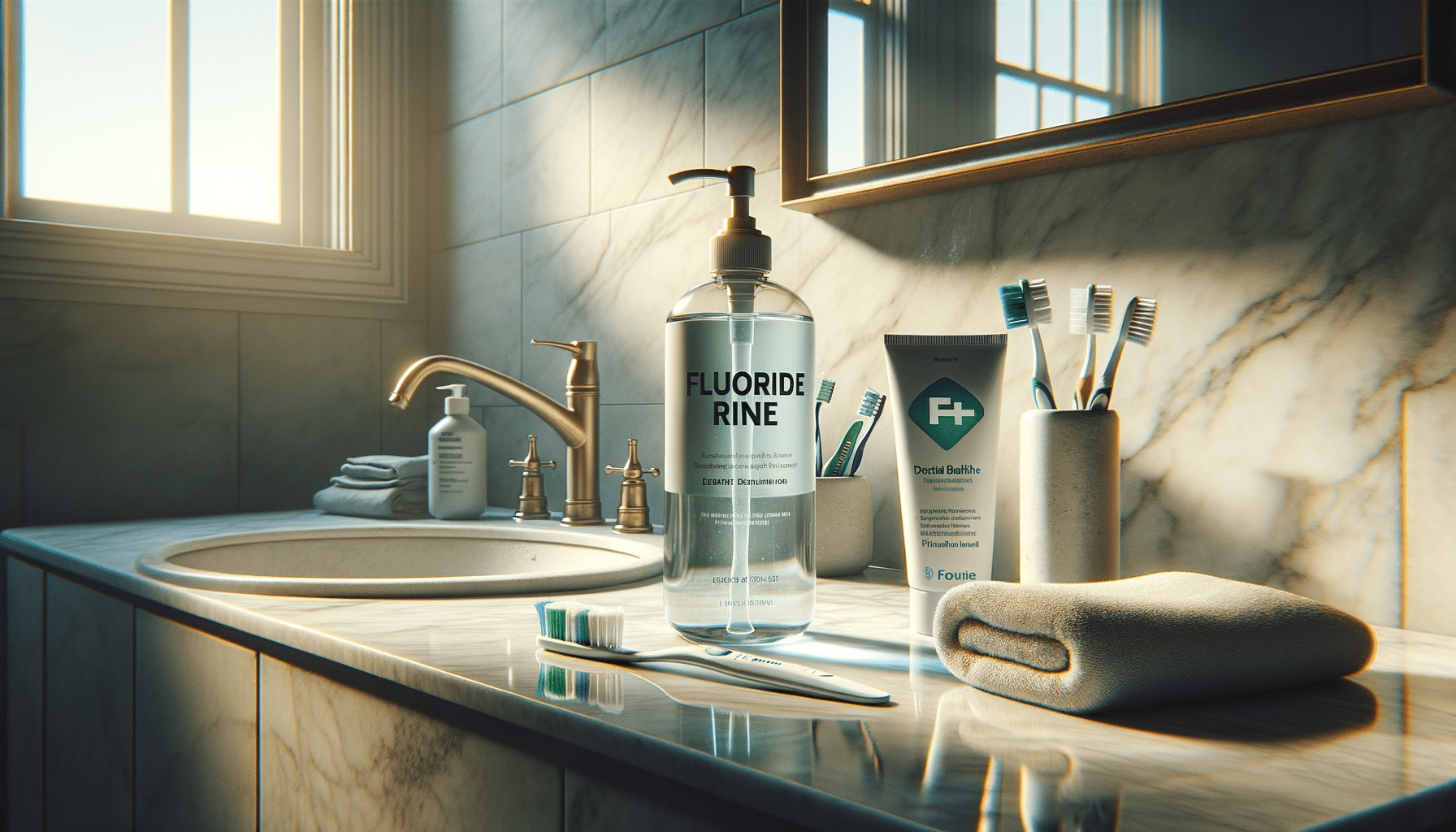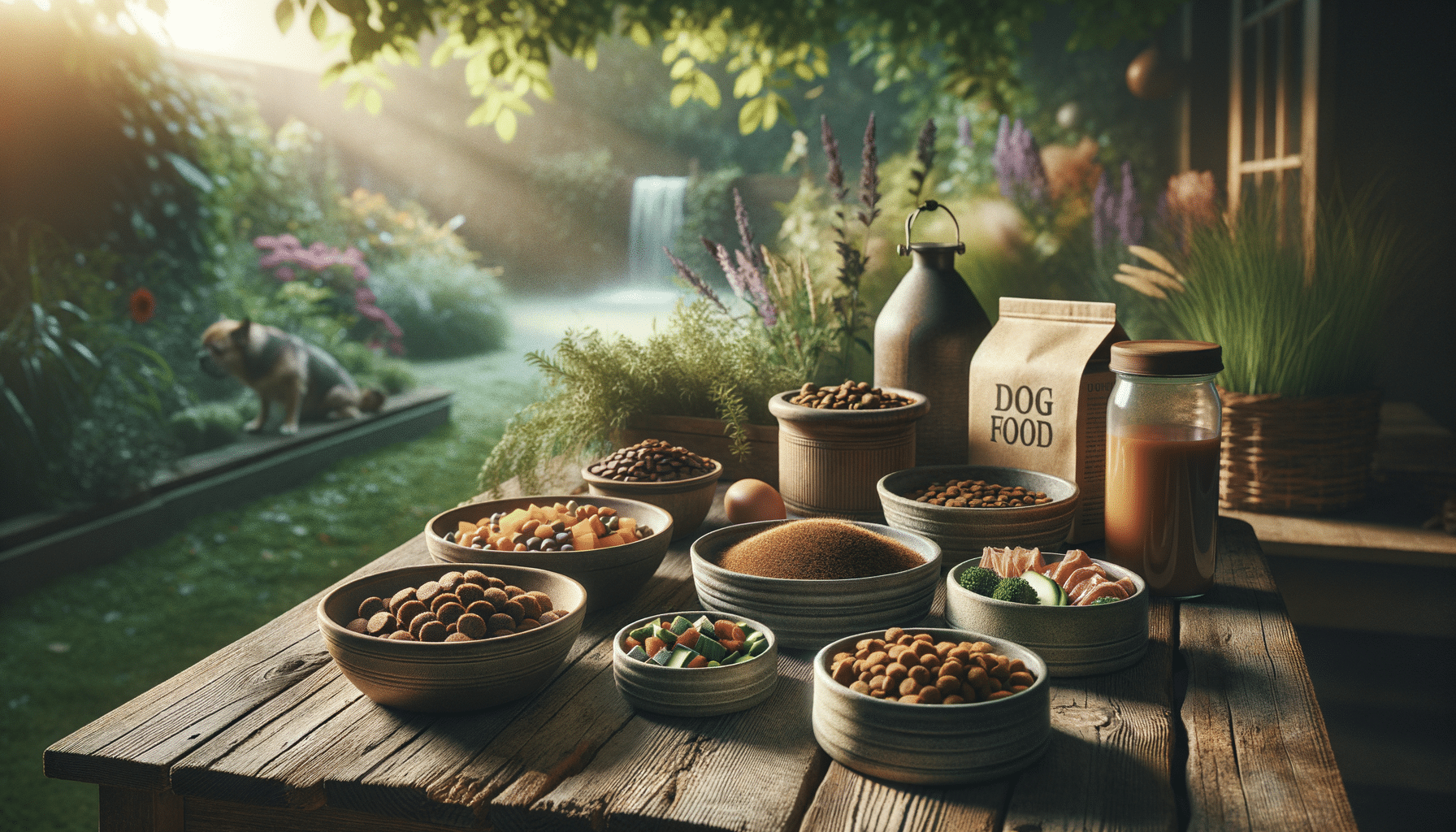
Guide to Finding the Right Kitchen Colors While Remodeling
Introduction: The Importance of Kitchen Colors
Choosing the right colors for your kitchen is an essential step in any remodeling project. Colors not only affect the aesthetic appeal but also influence the mood and functionality of the space. With the kitchen often considered the heart of the home, selecting a color palette that harmonizes with the rest of your home while creating a welcoming atmosphere is crucial. This guide will help you navigate the myriad of color choices to find the perfect fit for your kitchen.
Understanding Color Psychology in Kitchens
Color psychology plays a significant role in how we perceive spaces, and the kitchen is no exception. Warm colors like reds and yellows are known to stimulate appetite, making them popular choices for kitchens. However, it’s important to balance these with cooler tones such as blues and greens to create a calming environment. For instance, a kitchen with red accents can be complemented with soft blue walls to balance energy and tranquility. Consider how different colors make you feel and how they can impact your cooking and dining experience.
Choosing a Color Scheme That Complements Your Home
When selecting kitchen colors, it’s vital to ensure they complement the overall aesthetic of your home. A cohesive color scheme creates a seamless flow between rooms, enhancing the sense of space. Start by identifying the dominant colors in adjoining rooms and consider hues that will harmonize with them. Neutral tones like whites, grays, and beiges are versatile choices that can easily blend with various styles, while bold colors can be used strategically for accent walls or cabinetry to add character.
Trends and Timeless Choices: Balancing Style and Longevity
While it’s tempting to follow current trends, opting for timeless colors can ensure your kitchen remains stylish for years to come. Classic choices such as white, navy, and soft pastels provide a neutral backdrop that allows for flexibility in decor and accessories. However, incorporating trendy elements through easily changeable features like wall art or small appliances can keep your kitchen updated without the need for frequent overhauls. Finding a balance between trends and timelessness can maximize both style and longevity.
Practical Tips for Testing and Selecting Colors
Before committing to a color scheme, it’s wise to test different shades in your kitchen’s lighting conditions. Natural light can alter the appearance of colors, making them look different at various times of the day. Use sample pots to paint small sections of your walls or create large swatches to observe how they interact with your kitchen’s fixtures and appliances. Additionally, considering the finish—whether matte, satin, or gloss—can affect both the look and maintenance of your chosen colors.


